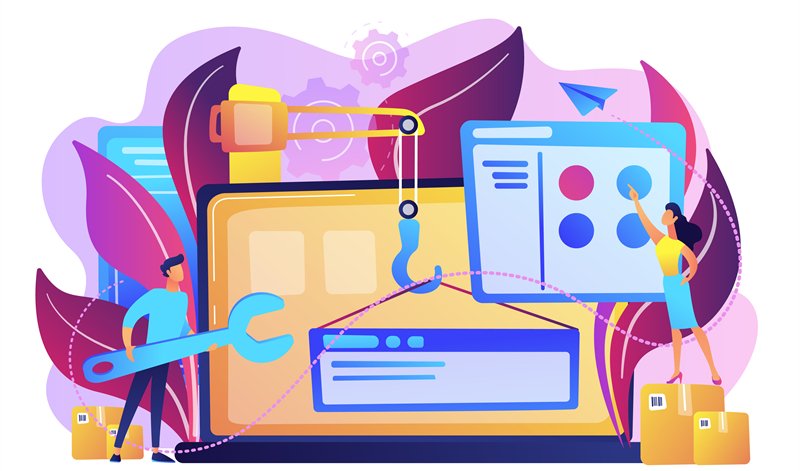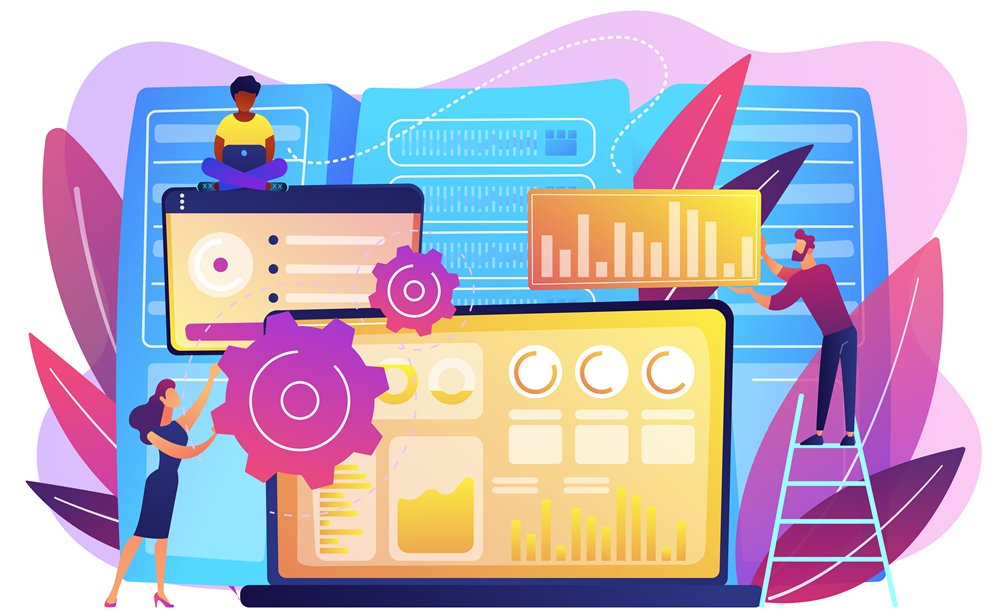Written by Joe Poh – Doctoral candidate at UOW Malaysia KDU
Published on 16 December 2020
It is a natural evolvement, that if a company intends to practice software monetization, they will start the attempt by using in-house resources to build it. This category is known as the “homegrown” solution at the earliest stage of the evolvement of a Software Monetization tool. Companies tend to have the mindset that building a homegrown software monetization tool will be cheaper and faster. With the knowledge of the process of monetization within the company, it should be more cost effective and faster to develop as all engineering costs can be categorized as Operating Expenditure (OPEX). Cost savings also may be huge, as training and integration to other supply chain modules can be minimized as all resources can be mobilized in-house. Integration can be connected to internal Customer Relationship Management (CRM) solutions and Enterprise Resource Planning (ERP) to achieve an improved automated supply chain environment.
However, the constant changes required by today’s business world has forced companies that build homegrown solution to rethink their strategy. A system that is built for current application may soon be outdated and needs to be rebuilt. This process is continuous and becomes a driving force for the existence of “commercial” software monetization tools. Companies may have developed a successful system but eventually found that their business has outgrown the in-house, homegrown licensing solution. It will be the same dilemma if one would like to build a homegrown CRM or ERP instead of buying a product already available in the market.
When this scenario happens, often huge technical issues arise with new staffing requirements to overcome the problem. Delivery time to the market becomes slower, which directly impacts customer satisfaction. If ‘time is money’, then loss of opportunity will be loss of revenue for businesses. Standardization also becomes an important issue if a company has many business units and each develops their own software monetization tool. This will drastically cause inefficiency and incompatibility between different homegrown tools, resulting in more support efforts and high cost environment, which again directly impacts customer experience.
A summary of the factors that impact the decision on building a homegrown solution or implementing an emerging commercial solution are as below:
- Time to Market
- Flexible and Scalable
- Limited Resources
- Opportunity Cost
- Standardization
Conversely, Commercial Software Monetization tools are designed to overcome all the challenges mentioned above. The priority of such commercial tools is to allow companies who use the tool to focus into their own software IP development instead of wasting limited resources to build the tool. Time to market for any campaign roll out becomes faster, and able to tap into any opportunity without delay, especially when dealing with the need for agility of pricing models. Using a commercial software monetization tool will also allow companies to flexibly produce packages and pricing models required without redevelopment of the software. A commercial software monetization tool is built to fit this fast-moving, ever-changing and evolving segment; automate the manual process; lower cost of delivery; improve efficiency and expand revenue stream. A Singapore-based Thales Sentinel customer, Louis, shared that by using a software licensing tool such as the Sentinel LMS, his company was able to speed up the delivery of solutions and increase his profitability in a shorter time-frame compared to developing their own, which before this took a longer duration.

References
- Thales Sentinel. (2016). Build vs. Buy. [White Paper].
- Frost & Sullivan (April 2019) The Rise of Software-Defined Systems and IOT Applications Highlight the Need for not just better Software Licence Management but also Software Monetization. Global Software Licensing and Monetization Market, Forecast to 2025.
- Thales Sentinel. (2019). How to Get Licensing Right at the First Time [White Paper].
- Thales Sentinel (2020c). License, Deliver, Protect Your Software to Grow your business. https://cpl.thalesgroup.com/software-monetization
- Revenera (2020). What is Software Monetization? https://www.revenera.com/blog/what-is-software-monetization/
- Wibu (2020). Software Monetization. https://www.wibu.com/solutions/software-monetization.html


